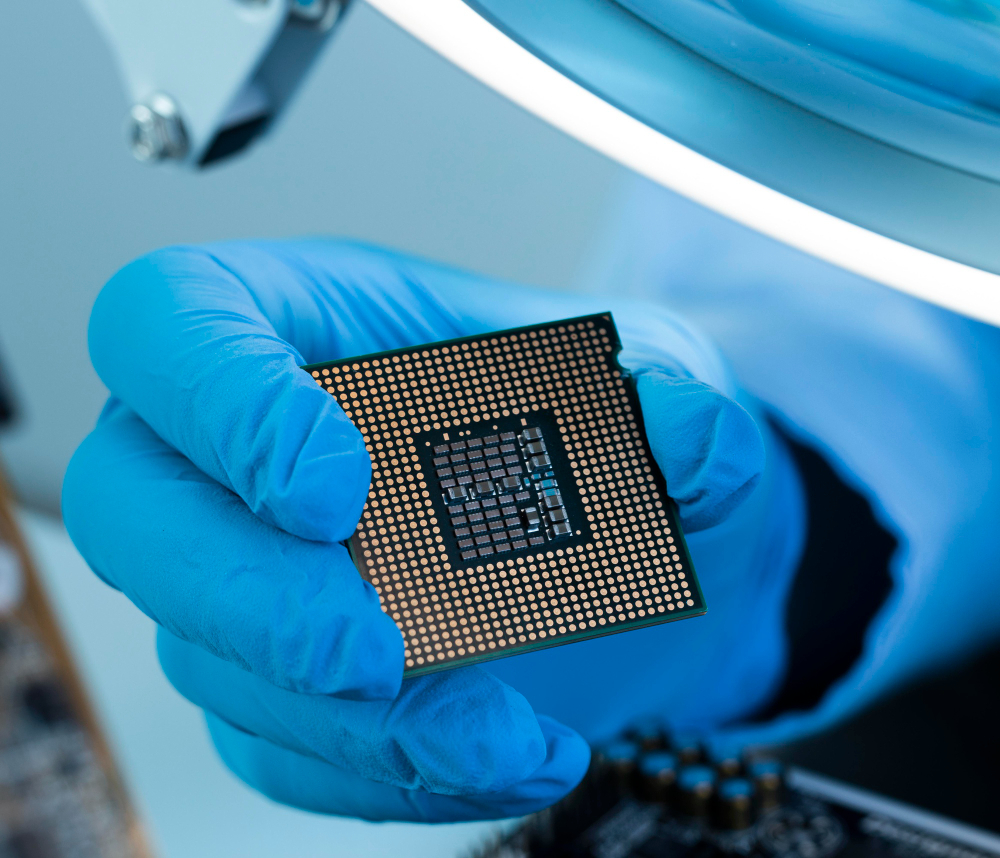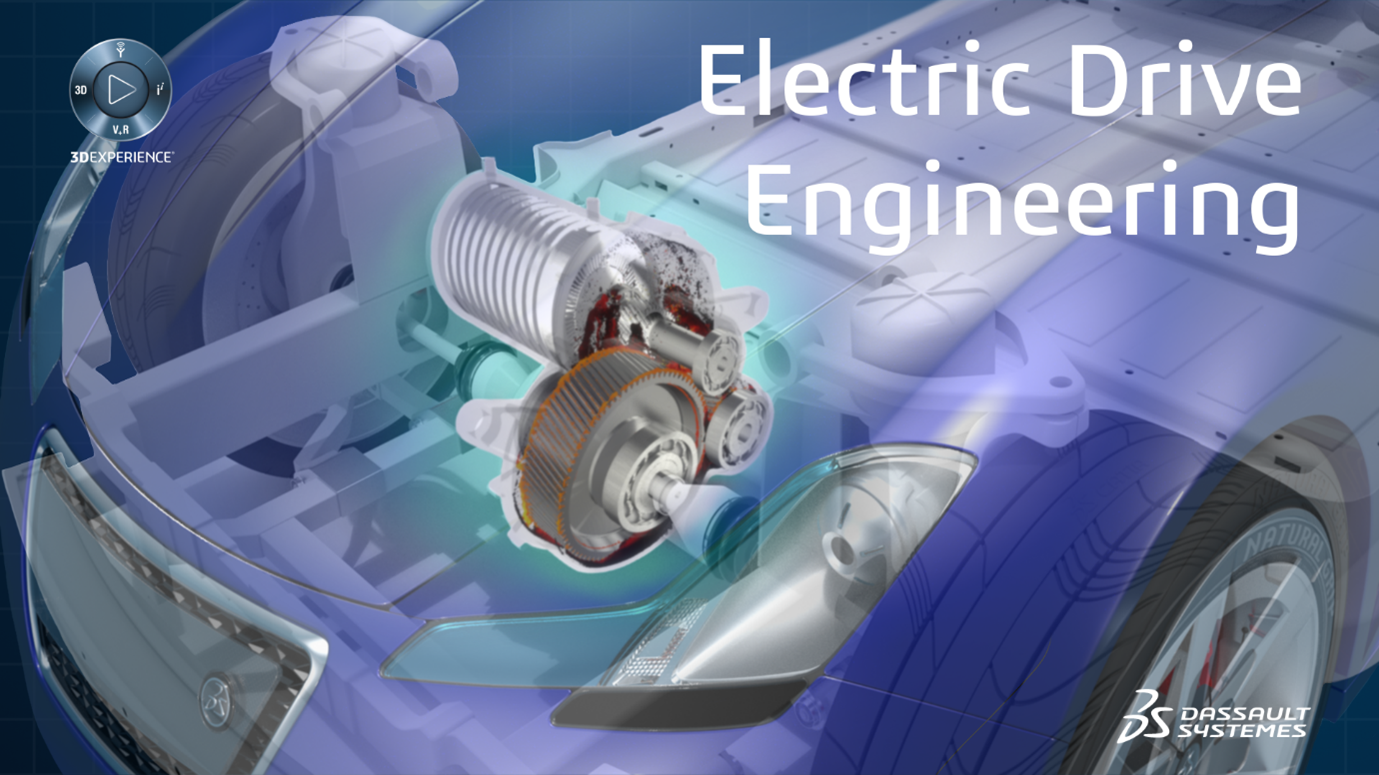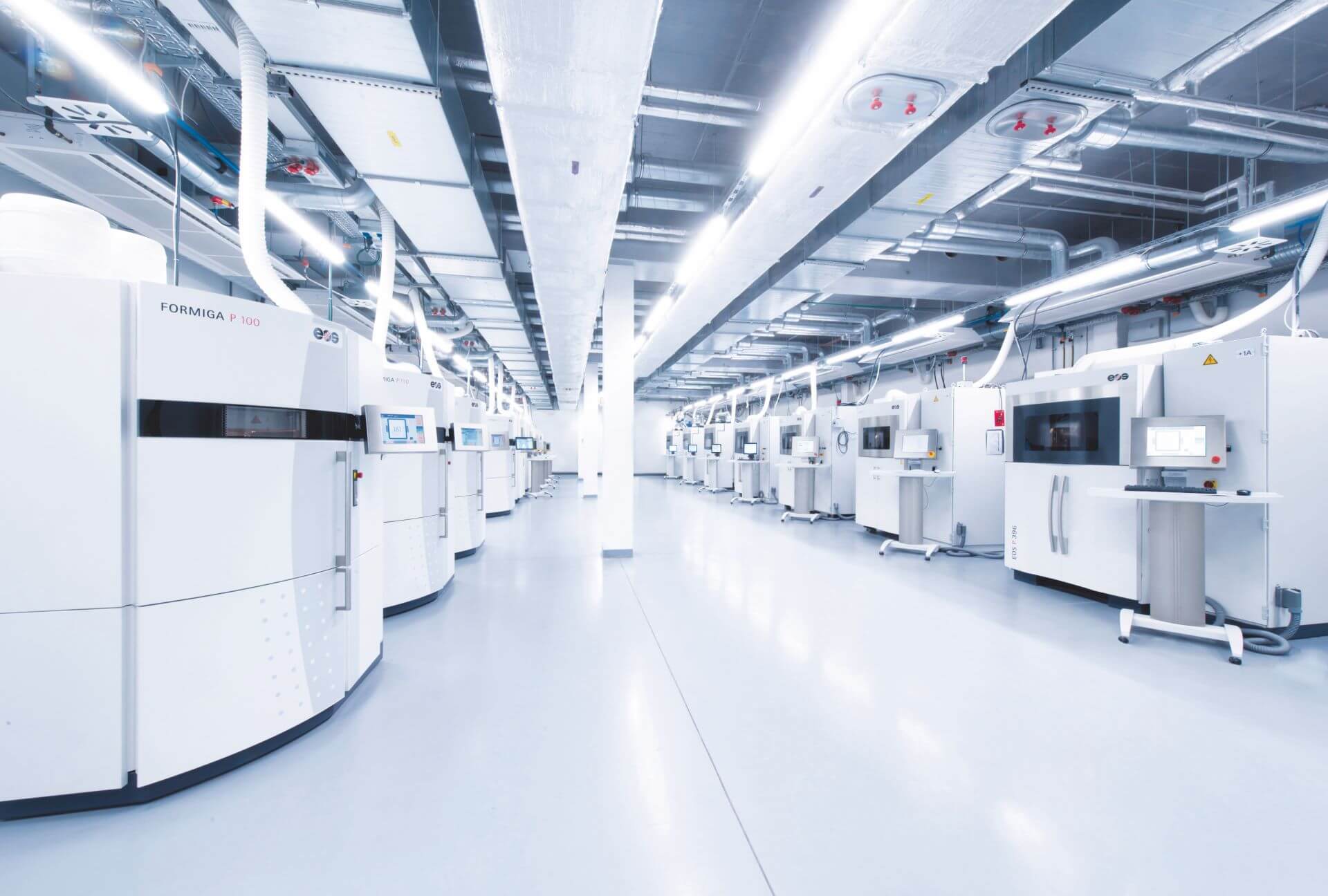Design Considerations during Design of Rubber Parts
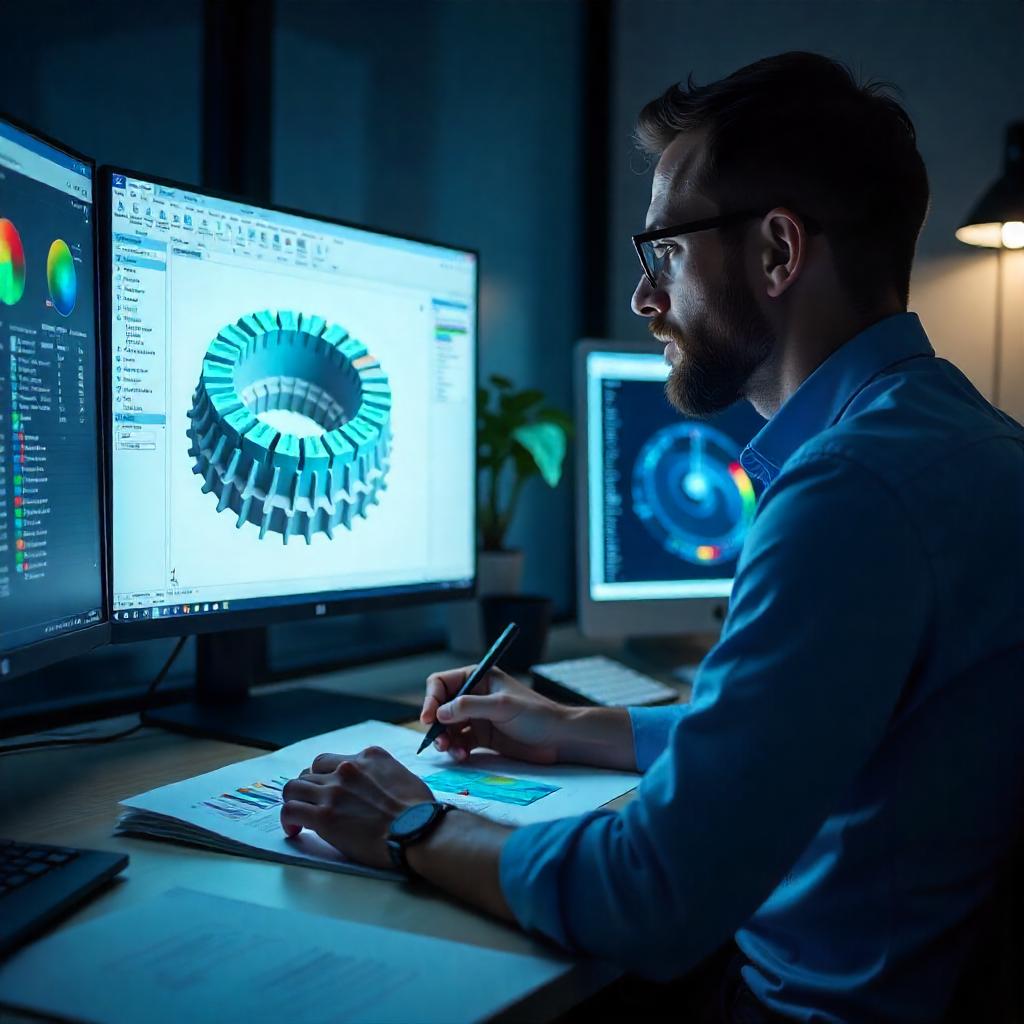
- Satya Ranjan Dolai
- January 18, 2021
During designing a rubber component, multiple factors need to be taken care of. These factors are as listed: material considerations with required technical specifications and also as per applicability and function, radius and wall thickness, gate location in mould, rib inclusion, mould shrinkage and draft.
Basic Design Aspects (Wall Thickness, Radius, Draft)
While designing rubber components, some basic aspects to adhere to is wall thickness. Most of industry hoses or pipes are made of rubber for carrying some liquid. Where there is liquid flow, it is important to sustain the burst pressure and for that designing right thickness is significant. Smooth flow of the liquid is also important and for that a good amount of radius or curvature can help. Parallelly providing draft helps in smooth ejection of the part as well.
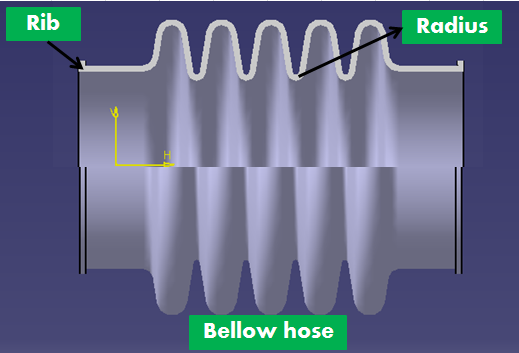
- Corner and Edges: In any design, sharp corners should always be avoided as machining in mould would be difficult due to sharp corners and edges. During part ejection too, it results in lot of part defects as well as mould defects.
- Undercuts: Sometimes design needs some undercut feature which is an opposite projection of material against tool movement. In rubber components, force ejection can be done up to a certain height for undercut feature. However, the designer should take care of such feature in terms of ejection, long run mould capability, production rate etc.
- Holes: If any hole should be placed in the designed body, designer can plan for placing metal insert into the mould itself. There is one thumb rule: the height of the hole should not be more than twice of its diameter and the minimum diameter should be about 1.27mm.
Functional Applicability and Environmental Condition
A designer must consider the functional aspect during a rubber component design. The component should be checked whether it will be responsible for 1) any sealing (then compression factor needs to be considered) 2) transmitting some fluid flow (then smoothness and wall thickness should be taken on priority) 3) providing any structural support (then inclusion of ribs inclusion need to be taken care of). There may be various functional aspects depending on which the designer has to define the design.

For environmental condition, the designed part will come under the impact of any chemical solvent or from air or water. The designer has to check whether the part is under some dynamic stress or not.
Rubber Material Selection
Material selection is one of the most important aspect in designing any elastomer component because only a best suited elastomer can give the right performance with respect to cost. The life span and durability are two other factors which basically depend on material itself.
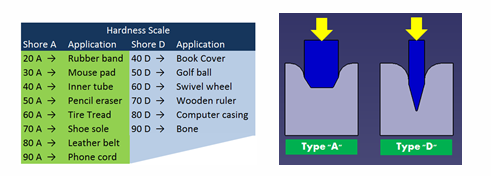
During material selection, choosing the right elastomer hardness can give the desired result. If the purpose is sealing, then there should be a defined hardness of 70 Shore A. The most common hardness range is 50-80 Shore A. The designer should not always go for very soft or very hard material as the components are being designed with some complicated feature or deep undercut. To account for these features, the component needs the right amount of hardness and for that hardness tester can help.
Moulding Process
For manufacturing rubber components, multiple moulding process are employed. Some of them are compression moulding, blow moulding, injection moulding and transfer moulding.
In compression moulding, material surplus is placed into a cavity calculating the volume of the component and then heat and pressure are applied. Compression moulding is basically chosen for medium hardness compounds with high volume production rate.
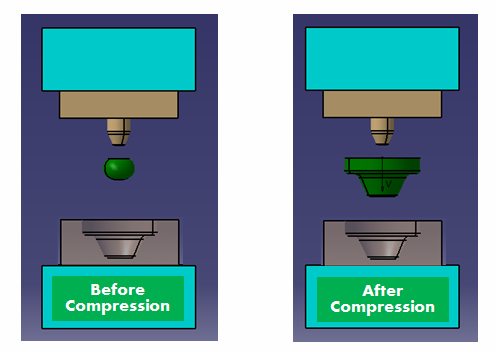
Injection moulding is the most automated process in moulding technology. In this process, the material is heated and passed through a flowing state and injected into the cavity with high pressure. Injection moulding is the ideal and commonly used process for mass and high-volume production rate.

- Satya Ranjan Dolai
- January 18, 2021
Design Considerations during Design of Rubber Parts
During designing a rubber component, multiple factors need to be taken care of. These factors are as listed: material considerations with required technical specifications and also as per applicability and function, radius and wall thickness, gate location in mould, rib inclusion, mould shrinkage and draft.
Basic Design Aspects (Wall Thickness, Radius, Draft)
While designing rubber components, some basic aspects to adhere to is wall thickness. Most of industry hoses or pipes are made of rubber for carrying some liquid. Where there is liquid flow, it is important to sustain the burst pressure and for that designing right thickness is significant. Smooth flow of the liquid is also important and for that a good amount of radius or curvature can help. Parallelly providing draft helps in smooth ejection of the part as well.

- Corner and Edges: In any design, sharp corners should always be avoided as machining in mould would be difficult due to sharp corners and edges. During part ejection too, it results in lot of part defects as well as mould defects.
- Undercuts: Sometimes design needs some undercut feature which is an opposite projection of material against tool movement. In rubber components, force ejection can be done up to a certain height for undercut feature. However, the designer should take care of such feature in terms of ejection, long run mould capability, production rate etc.
- Holes: If any hole should be placed in the designed body, designer can plan for placing metal insert into the mould itself. There is one thumb rule: the height of the hole should not be more than twice of its diameter and the minimum diameter should be about 1.27mm.
Functional Applicability and Environmental Condition
A designer must consider the functional aspect during a rubber component design. The component should be checked whether it will be responsible for 1) any sealing (then compression factor needs to be considered) 2) transmitting some fluid flow (then smoothness and wall thickness should be taken on priority) 3) providing any structural support (then inclusion of ribs inclusion need to be taken care of). There may be various functional aspects depending on which the designer has to define the design.

For environmental condition, the designed part will come under the impact of any chemical solvent or from air or water. The designer has to check whether the part is under some dynamic stress or not.
Rubber Material Selection
Material selection is one of the most important aspect in designing any elastomer component because only a best suited elastomer can give the right performance with respect to cost. The life span and durability are two other factors which basically depend on material itself.

During material selection, choosing the right elastomer hardness can give the desired result. If the purpose is sealing, then there should be a defined hardness of 70 Shore A. The most common hardness range is 50-80 Shore A. The designer should not always go for very soft or very hard material as the components are being designed with some complicated feature or deep undercut. To account for these features, the component needs the right amount of hardness and for that hardness tester can help.
Moulding Process
For manufacturing rubber components, multiple moulding process are employed. Some of them are compression moulding, blow moulding, injection moulding and transfer moulding.
In compression moulding, material surplus is placed into a cavity calculating the volume of the component and then heat and pressure are applied. Compression moulding is basically chosen for medium hardness compounds with high volume production rate.

Injection moulding is the most automated process in moulding technology. In this process, the material is heated and passed through a flowing state and injected into the cavity with high pressure. Injection moulding is the ideal and commonly used process for mass and high-volume production rate.

